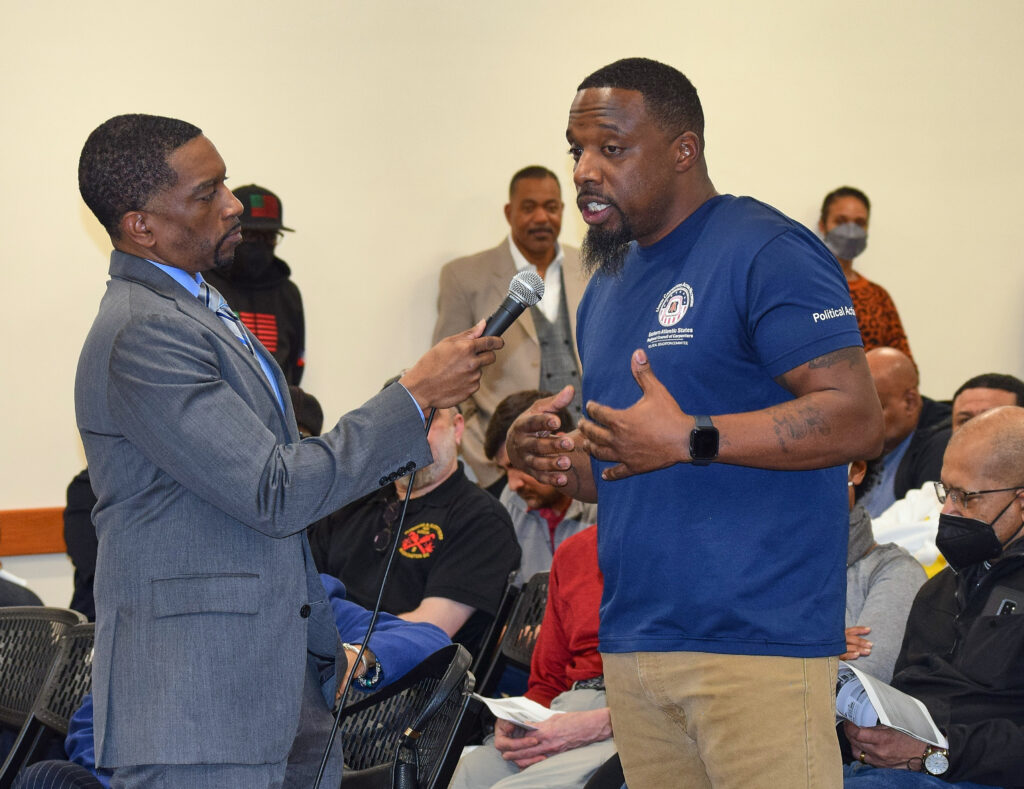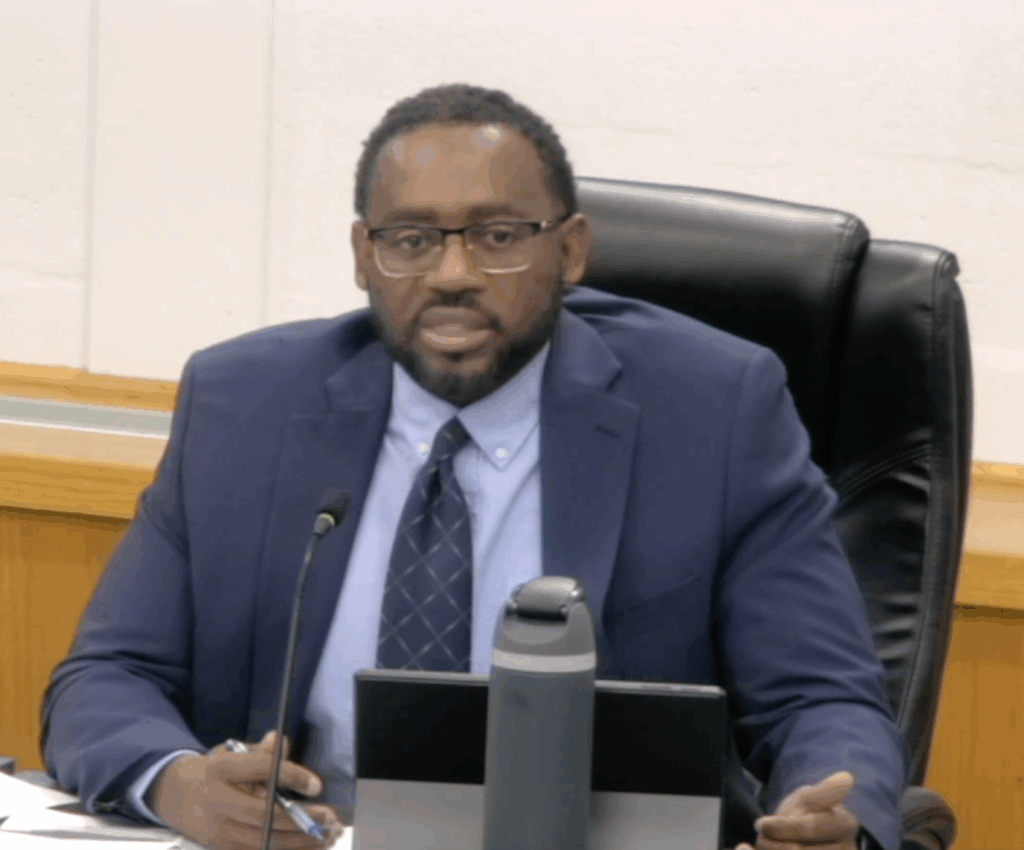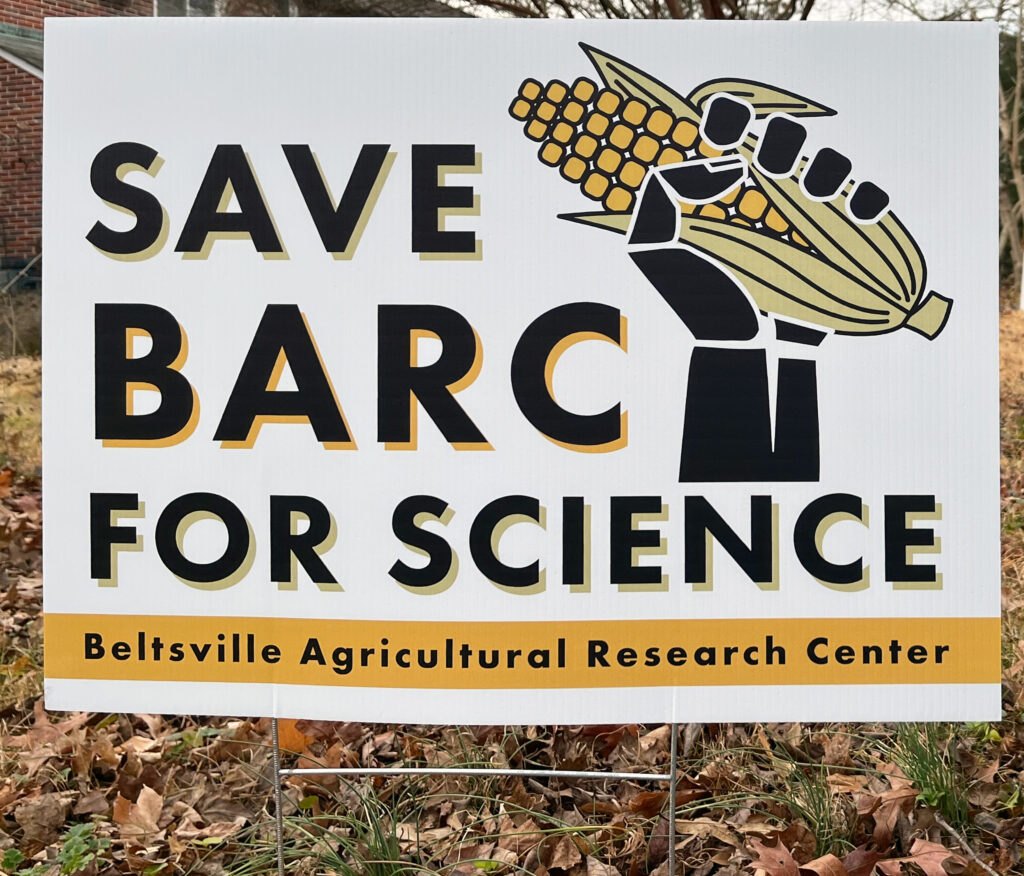On February 15, At-Large County Councilmember Mel Franklin hosted a north county meeting in Greenbelt to discuss the progress of the public-private partnership to build six new Prince George’s County Public Schools (see Deb Daniel’s article in the February 23 issue). The meeting was so well-attended that the 80 handouts prepared reached only two-thirds of the attendees. The Greenbelt Library’s auditorium was uncomfortably hot, teeming with attendees who filled the seats and then lined the walls or stood at the back. Many of them wore attire that linked them to various unions – sheet metal workers, carpenters, painters, plumbers and gas fitters, insulators and more.
The county and Prince George’s County Public Schools (PGCPS) have a stated goal of promoting the “growth and success of minority and county-based businesses and to increase the percentage of procurement dollars flowing to minority and local businesses.” Thus, developers working on the public-private partnership (P3) contracts are required to ensure at least 30 percent of the project is subcontracted to Minority Business Enterprises (MBEs) and at least 20 percent with County Based Businesses (CBBs) (Blueprint Schools Phase 2 Addendum). But there’s no stipulation that the work to build and maintain the county’s new schools will use union labor.
Before the meeting, union workers stood outside the Library with signs. It was a rally, rather than a protest, said a representative of the Sheet Metal Air Rail Transportation (SMART) union. “We’re letting our voices be heard. We have 400 members here in Prince George’s County and we should be working,” they told the News Review.
Steve St. Clair is a contractor and a union worker. He stood in front of the Library in a bright work shirt emblazoned with the logo of the Eastern Atlantic States Regional Council of Carpenters (EASRCC). He was friendly and down-to-earth, pausing mid-sentence at one point to marvel because he had never given an interview before. He’s a strong advocate for union labor because he’s gained so much from working with the union, he said, and he wants others in the community to similarly be able to benefit. He’s been a union carpenter since 2015 and went through a union apprenticeship, which enabled him to earn a living while learning. “A lot of us are residents of the county. We benefit from the union. The union has given me an education, it’s given me a livable wage – I can support my wife and daughter – the union has taught me how to fish,” said St. Clair, who is now president of his own construction business. “It’s not just a regular job that gives you fish; it teaches you how to fish. I’ve taken what the union has given me and created maybe generational wealth for my family.” He wants unions to have a “bigger piece of the pie” so they can impact more lives in the way it has his. “I’m just grateful for what they’ve brought to me,” he said, “and I think they could bring it to a lot of other people who live in our community as well.” St. Clair argues that the union needs to get a bigger share of the market and pointed to the hazards and exploitation in non-union jobs. “You hear about people having problems with wage theft, injuries on the job. The union is here to protect the workers,” he said.
During the meeting Jason Washington, director of infrastructure for PGCPS, took questions, and when asked, repeatedly, why there is no requirement to use union labor he said, “There is nothing […] that prevents any developer from connecting and working and putting in place a project labor program with any unions that they want as part of their proposal team going forward. There is no prohibition at all. There is nothing that prevents teaming up in that way.”
“I want to make it clear there is no prohibition at all,” Washington repeated. “Each developer will be judged on their capacity and we’re looking at best value,” he told the audience, some of whom responded with scoffs. “That’s how we’ve addressed why there’s no discrete project labor agreement requirement within Phase Two. With that said, my job is to implement the road that’s in front of me. I’m – for lack of a better word – staff,” Washington said, noting governing documents that needed to be executed. “My job is to get a deal done for Prince George’s County and that is my focus,” he concluded.
Britton Loftin a resident of Beltsville with two children in a PGCPS school – and a member of the International Union of Painters and Allied Trades – asked how many residents are employed through the public-private partnership contracts. “Just having [the] prevailing wage is not enough,” he told Washington, Franklin and the packed room. “You want to push back against misclassification, you want to include a local hire provision – how many actual residents are there involved in this project?” Another member of the audience additionally wanted to know how many local minority contractors are working on the current public-private partnership projects. Washington said information about local residents and businesses involved in the projects would be published as it became available. As of October, Washington said, 46 MBEs had received $125 million. Of that, $58 million went to 26 Prince George’s County MBEs and $78 million went to nine CBBs. Since these figures were from October, Washington said the amount of dollars will have increased, though he doesn’t know if the number of businesses has.
Lamar Mutts, who grew up in Prince George’s County and has been with a carpenters’ union for 22 years, was one of the last people to make it to the microphone. He spoke of the importance of Project Labor Agreements (PLAs), which are pre-hire collective bargaining agreements with labor organizations. “I faced a lot of adversity, trials and tribulations in my community and within my household,” he said. “I eventually joined the carpenters’ union in 2001 and that was the best decision I could have ever made in my life. It saved my life,” he declared, as the audience drowned him out briefly with applause. “I was given the opportunity of my very first job in Prince George’s County which was a PLA right around the corner in College Park. If we don’t support [union contracts], what are we giving our youth?” he asked, pointing out the benefit of union training and apprenticeships. “Within the schools that are in the county right now, it’s saturated with wage theft and tax fraud and if we support PLAs these types of things would not be happening.”
“I’m a product of Prince George’s County, I’m a product of the union, I’m a product of PLAs,” asserted Mutts proudly. “PLAs allow me to raise my family, allow me to send my daughter to college, allow me to buy a home – just some of the American things that us as unions believe in. Good wages, right? I support PLAs.” His comments were met with loud applause.
The meeting wrapped up when the organizers announced that they were out of time and that they didn’t have the room any longer, though a line of people still waiting to speak snaked the center of the auditorium. Some chanted, “One more question!” and others called, “Take it outside!” as Franklin and Washington closed the community meeting.





